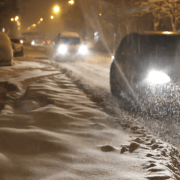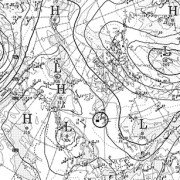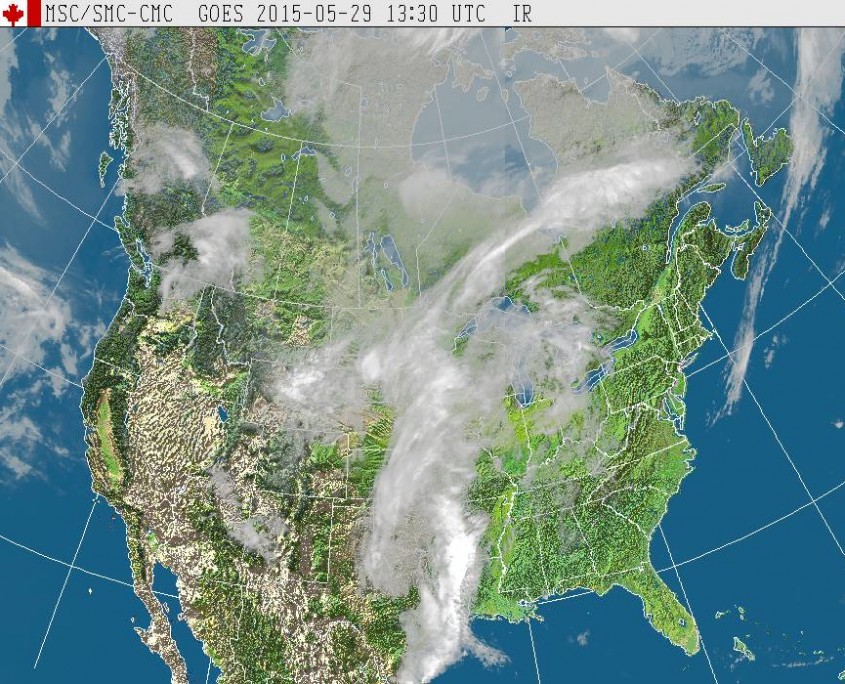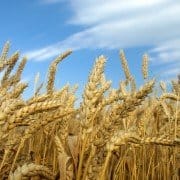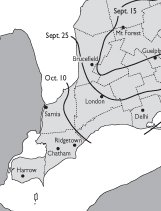The winter season brings cold temperatures and often severe weather that create many hazards for individuals working in these conditions. Even if you work indoors, winter weather still poses many dangers for you such as driving into work in lousy weather or walking through an icy parking lot or yard to get to your building. It is essential to recognise and address the hazards winter brings with it.
Winter driving
One of the main issues winter poses in many parts of the country is poor driving conditions. The hazards created by winter weather make it hard for even the most experienced drivers to operate a vehicle safely.
Slips, trips, and falls are one of the leading causes of injuries and fatalities in the workplace. Snow, sleet, and ice significantly increase the chances for slip, trip, and fall incidents to occur.
Winter safety tips when driving
- Monitor weather for any incoming snow storms or icy conditions and plan your travel around those conditions. Do not put yourself in a situation where you are stuck on a roadside
- Do not drive in wintery conditions if possible. Eliminating driving eliminates your chances of being in an accident
- Be a defensive driver. Stay clear of other drivers and maintain a safe distance from the vehicle in front of you, in case you need to brake or turn to avoid an accident
- Slow down. Winter weather conditions necessitate having to reduce your speed. Reducing your driving speed will give you more time to react as well as help to avoid losing control of your vehicle
When walking on icy/ snowy surfaces
- Remove trip hazards before snow or ice conditions are present
- This eliminates someone tripping over a buried object after the snow or ice hits
- Shovel and salt parking lots and walkways before work begins in that area
- Have walkways addressed before workers get on site in the morning
- Take your time when walking across slippery surfaces
- Taking smaller steps lessens your chance of losing your balance
- Wear proper footwear for the weather condition. Wear shoes with solid tread on the soles


